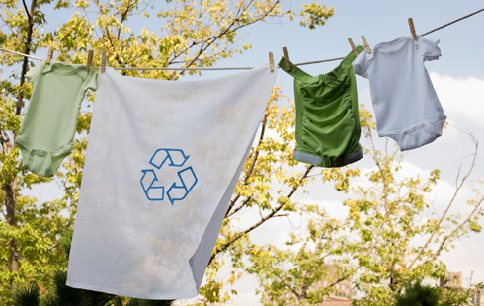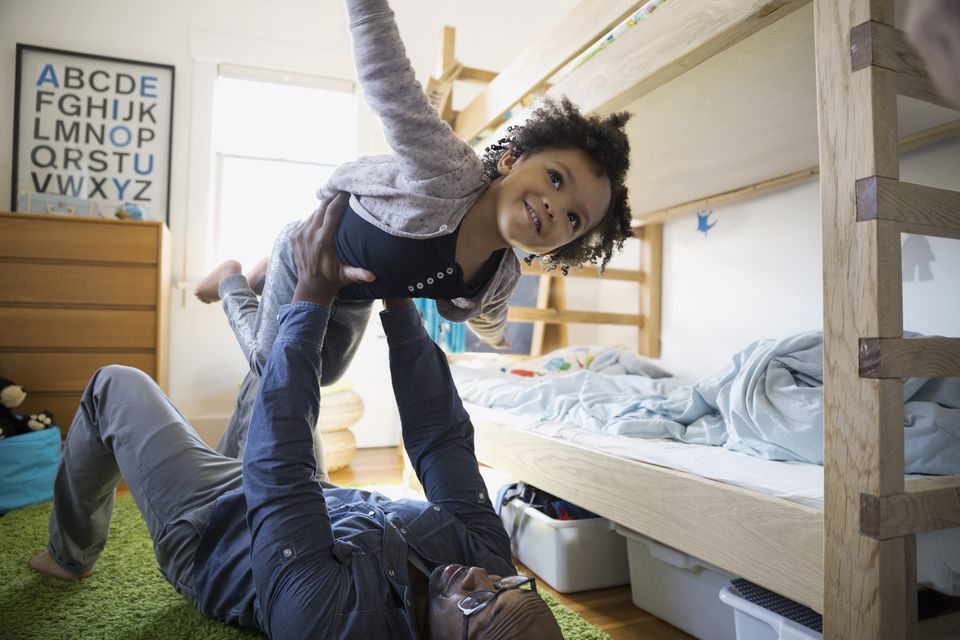
Helping Kids Learn
Helping Kids Learn To Reduce, Reuse And Recycle When shopping, ask kids to help you find the products that use the least amount of packaging. Try to repair broken items instead of throwing them away. Model good behavior by separating trash into recycling bins whenever possible. Buy as many products in bulk as possible to cut down on packaging even further. Use refillable containers for certain items, such as hand soap. Seek recycling centers for potentially hazardous waste — including household cleaners, car batteries and unwanted electronics. Encourage kids to drink from reusable water bottles instead of buying prepackaged bottled water. Cut down on disposable items — including napkins, paper cups and disposable plates — in favor of reusable permanent items. Get involved in local recycling drives and encourage kids to help. Encourage kids to get as much use as possible out of items they already have instead of buying new products so often. Find craft projects that use certain types of waste such as paper towel rolls or tissue boxes. Use reusable shopping bags and explain to kids why they reduce waste. Encourage kids to donate old toys and clothing they don’t want anymore to charity.
Demonstrate the principles of recycling by using rubber mulch for home landscaping projects. REDUCE RE– USE RECYCLE It’s never too early to begin teaching kids how to be responsible about waste. With more than 251 million tons of trash and waste created in the United States each year, it’s important to show kids how they can make a difference through the principles of “reduce, reuse and recycle.” Here are some tips for helping kids learn the basics behind each idea:

